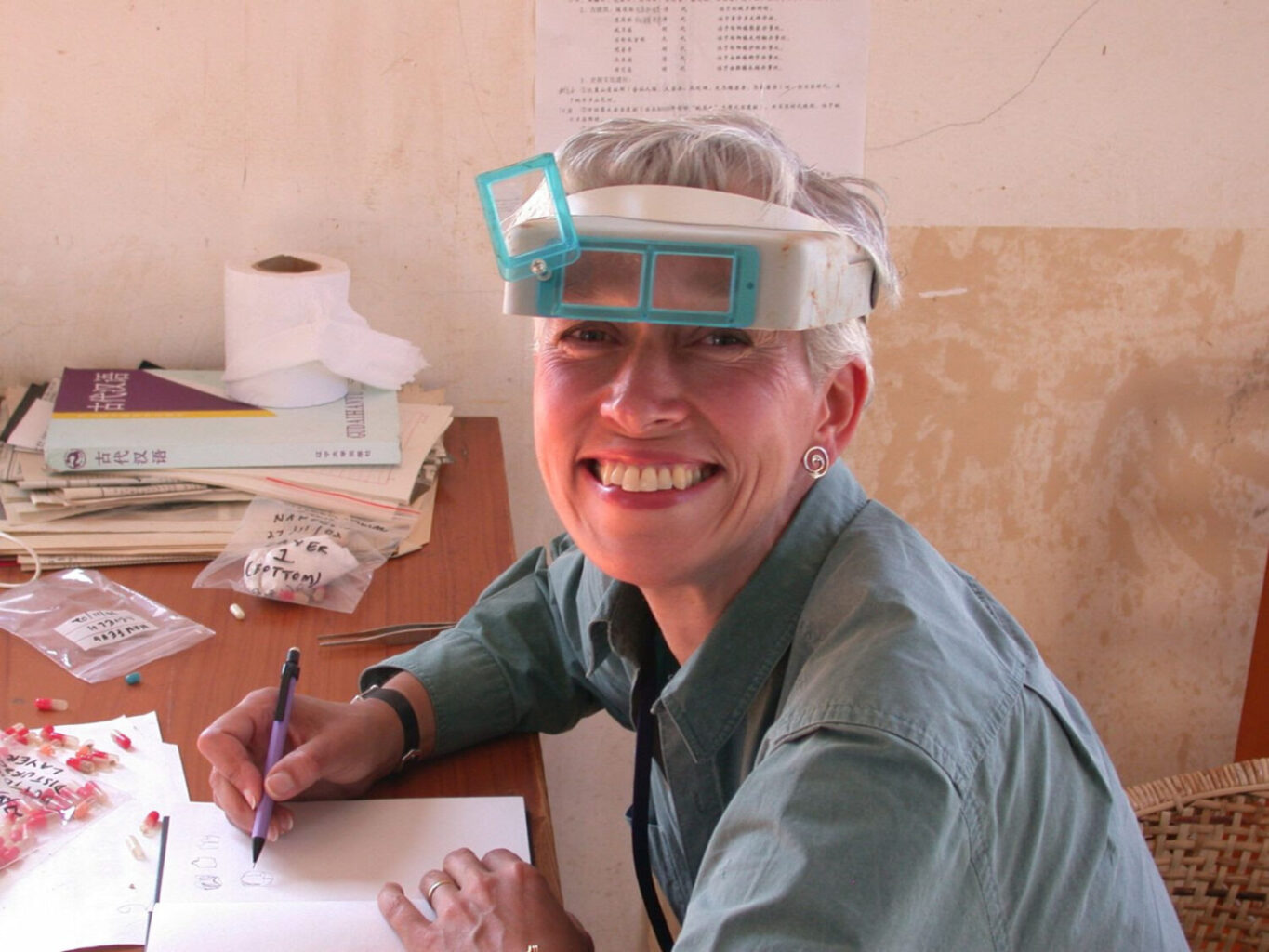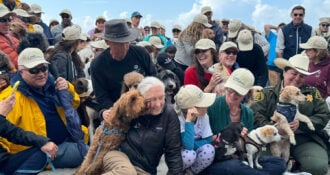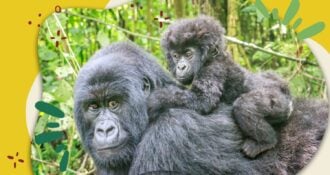
I received my first Leakey Foundation grant in 1978, at age 25. I was a graduate student at the University of Washington and needed money to travel to Hong Kong to study rare cadaver specimens of Ethiopian gelada baboons held in the collections of the Department of Anatomy at the University of Hong Kong. I won’t go into the long story of how dead geladas got to Hong Kong, but the fact remained that I needed to dissect this extraordinary collection so that I could better understand the chewing abilities and evolutionary history of all Theropithecus baboons.
I applied to The Leakey Foundation and received a then generous grant of $1,615, enough to get me to Hong Kong and change my world. While in Hong Kong, I completed the collection of data for my dissertation and graduated with my Ph.D. in 1981. Much of my dissertation research, and the results of wonderful studies by numerous distinguished colleagues were eventually included in what most people know simply as “the Theropithecus book,” published in 1993.
That 1978 trip to Hong Kong turned out to be important in other ways because – as a small treat to myself after completing my research work – I made my first trip to China. I was smitten. In 1981, I was offered and accepted a job at the University of Hong Kong in the same department as my precious geladas. After beginning the study of Mandarin Chinese, I settled down in Hong Kong for what were to be nine eventful years of life and research.
My research in China was focused primarily on understanding the evolution of Old World monkeys there, including what was then the virtually unknown snub-nosed monkeys of China, some of which live at high altitude under extreme cold. This research opened new vistas into the study of the living “odd-nosed” colobine monkeys. It also led me to highly productive paleontological fieldwork at many sites throughout Yunnan Province in the 1990s and 2000’s, conducted primarily in collaboration with Ji Xueping of the Yunnan Institute of Cultural Relics and Archaeology. This work uncovered many primate and other fossils and shed light on how Asian primates adapted to rapid and dramatic environmental change over the last seven million years.
This work simply could not have been undertaken at all without Leakey Foundation support. From 1981 through 1994, I was based in overseas universities with no or very limited access to governmental grant support. Grants from The Leakey Foundation made all the difference in starting and sustaining my research programs. Without them, I would not have had a career.
Working simultaneously in Africa and East Asia afforded me wonderful opportunities. In 2000, I embarked on collaborative work with Meave Leakey on the description of the monkey fossils from Koobi Fora. The collection was an absolute treasure trove of beautiful fossils collected over thirty years, and the results of our study were published in the Koobi Fora Research Project book series in 2008.
It’s important to note here that I am not a singular evolutionary event. This story is a shared story. I represent a small but mighty population of people whose careers have been ignited and sustained by Leakey Foundation support, and whose research, in turn, has shed light on previously opaque mysteries of human and primate evolution.
These are scientists who used their grants, received early in their careers and at critical junctures, to start new research projects. For me and for them, this process led to the creation of new and often high-profile knowledge, and the fundamental transformation of our ideas about human and primate evolution and prehistory. The list of Leakey Foundation grantees reads like a “Who’s Who” of anthropology and evolutionary biology.
Since its inception in 1968, The Leakey Foundation has not only transformed lives and careers, it has substantially transformed whole fields: paleoanthropology, paleolithic archaeology, primatology, and hunter-gatherer ecology.
And beyond that, the effects of The Leakey Foundation in kindling public interest in human evolution and primate behavior have been incalculable. The names of once-obscure paleontological sites like Hadar and Olduvai Gorge have become familiar, as have the living primate reserves of Gombe and Amboseli.
The substantial bodies of research that Jane Goodall and other Leakey Foundation grantees have created have changed how we think of our place in nature and of the human condition in general.
Many of you reading this article have made possible this remarkably impactful philanthropy. Together, we can continue to make a difference. Let’s go!
Click here to support The Leakey Foundation.
All donations will be matched!
Dr. Nina Jablonksi is Evan Pugh Professor of Anthropology at Pennsylvania State University and the recipient of five Leakey Foundation research grants. She is the author of several books and more than 135 research papers. She joined The Leakey Foundation’s Scientific Executive Committee in 2016.






Comments 0